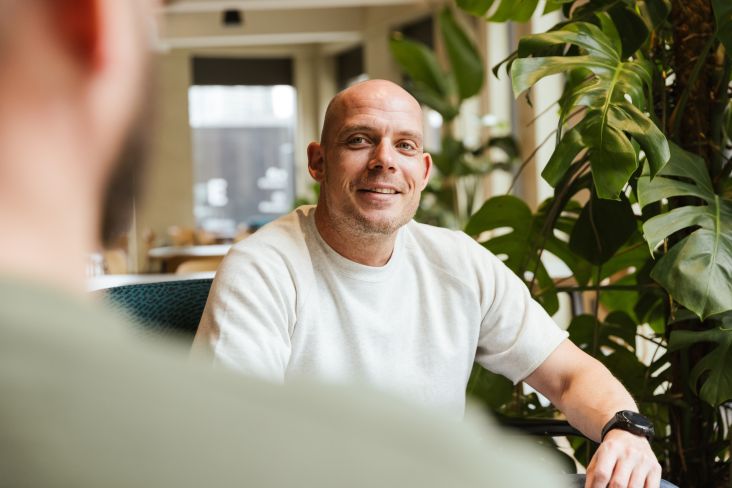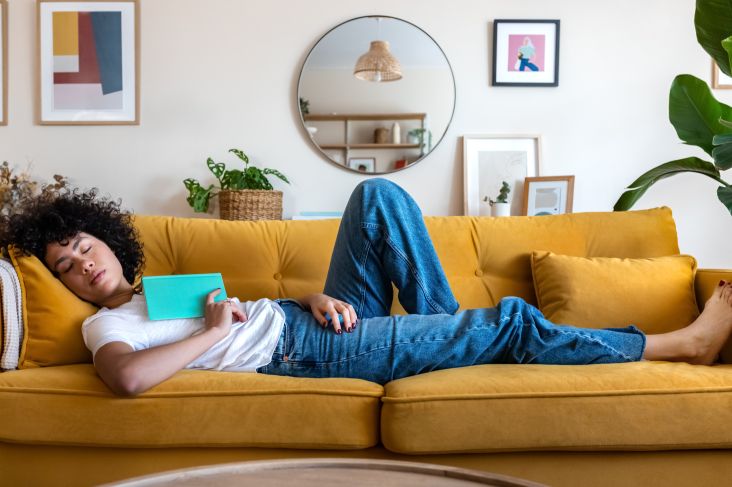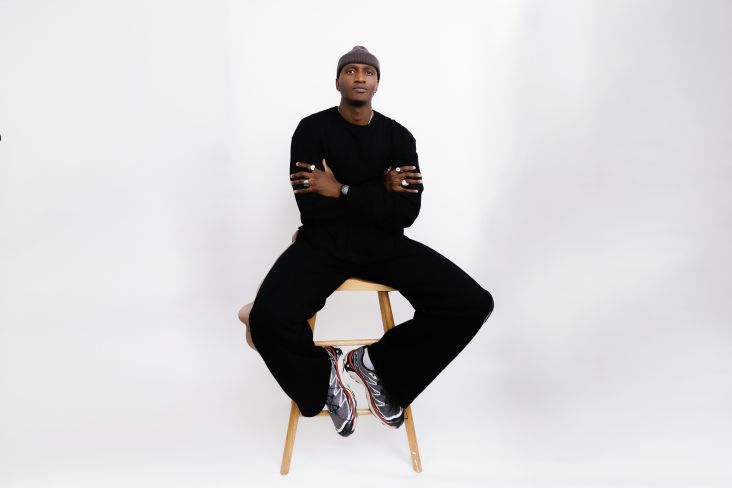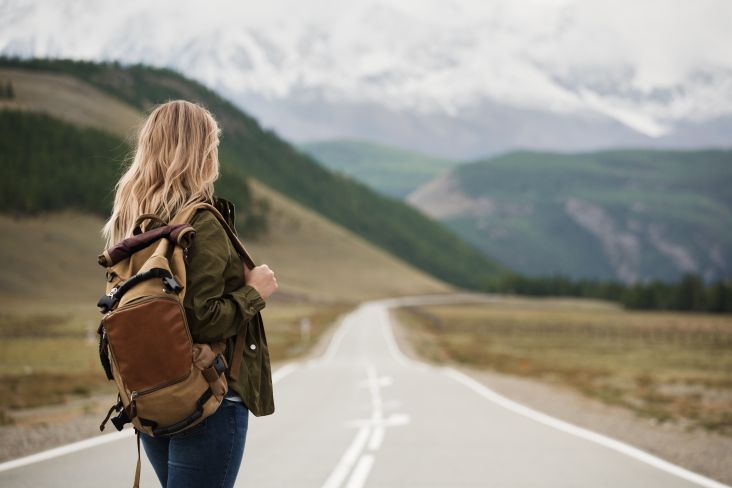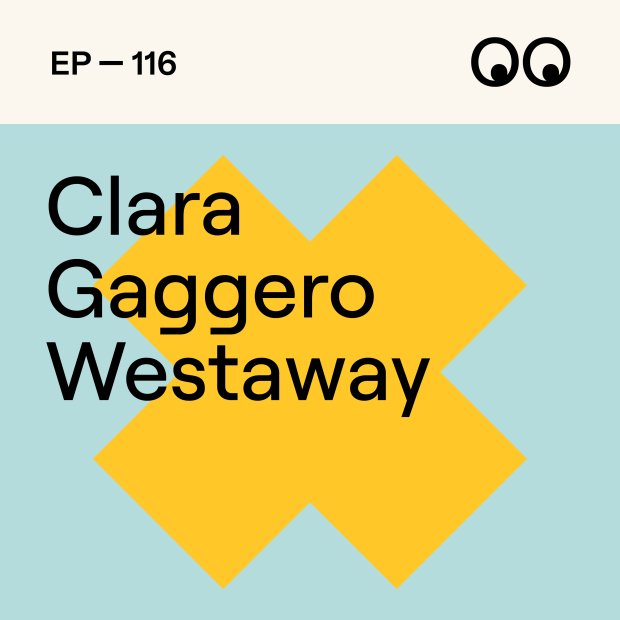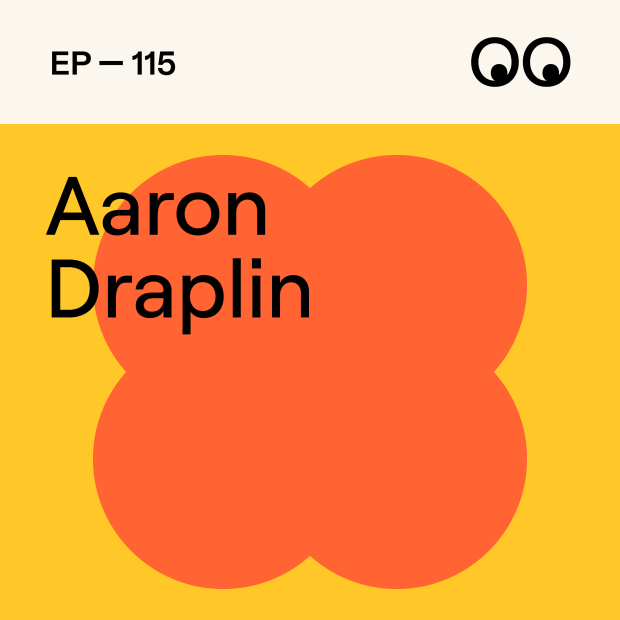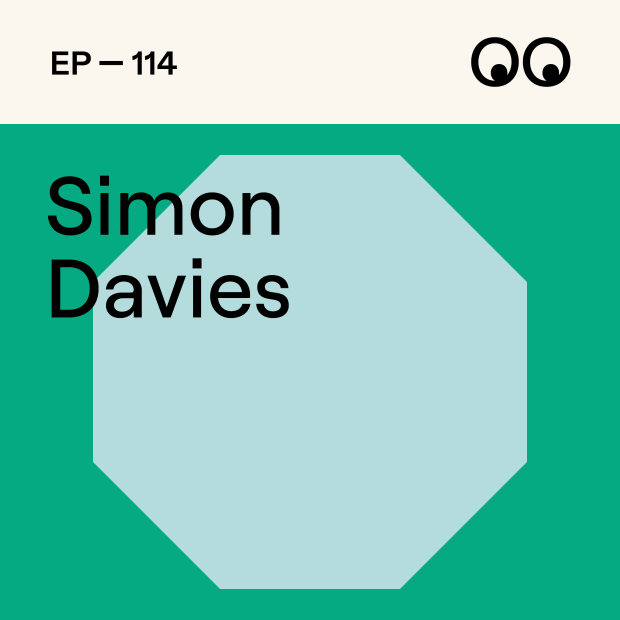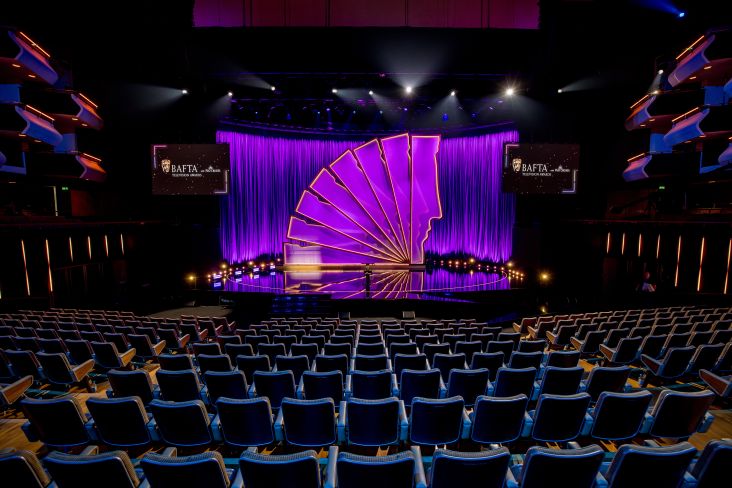Scaling new heights: how STUFISH brought Take That back to arenas in style
Take That has been at the top of the pop music game for three decades now, and not by accident. Ric Lipson of entertainment architects STUFISH explains how they helped Britain's hardest-working band put on a truly spectacular show for their latest arena tour.

In the world of live entertainment, few names carry the weight of Take That. After all, most boy bands fizzle out after just a couple of years. After their fast rise to fame in the 90s, most of us expected the same of Take That, especially after Robbie Williams quit in 1995. But then the four remaining members made an astonishing comeback in 2006. Their album Beautiful World featured a mature approach to musicianship and songwriting and remains the 35th best-selling album in UK music history.
A string of number-one albums have continued right up to the present day, and the now three-piece (Gary Barlow, Howard Donald and Mark Owen) are currently touring to promote This Life, which claimed the biggest first-week sales for a British Act in 2023, exceeding sales for albums by Lewis Capaldi, Ed Sheeran and The Rolling Stones.
Yet despite their titanic success, I suspect that many readers of Creative Boom still see Take That as a lightweight outfit, "not proper music", if you like. And quite frankly, until I was lured to see them at London's O2 Arena, so did I.
What I witnessed that night, though, blew me away. "Spectacular" is an overused word, but there's really no other way to describe this epic show, which fused the group's infectious personalities, accomplished musicianship and unwavering showmanship with an awe-inspiring and surprisingly theatrical visual extravaganza.
So I was keen to speak to Ric Lipson, a partner and architect at STUFISH, to find out how it was all put together.
Narrative theme
Entertainment architects STUFISH have long been at the forefront of pushing the boundaries of live performance design. Producing events such as Beyoncé's Renaissance tour, Madonna's recent world jaunt and Formula One's Vegas ceremony, the studio has developed a strong reputation for delivering immersive and unforgettable live experiences to large crowds.
Take That's tour was no exception. At its head lies a colossal kinetic stairway, a towering centrepiece that serves as a metaphorical journey through the group's illustrious career.


To set this storytelling theme, the gathered audience was met at the outset by a giant, old-style TV set. This gradually unfolded into a myriad of smaller cathode-ray tubes, which collectively chronicled the band's evolution from their humble beginnings in 1990 to their present-day status as pop royalty.
As Ric explained, the initial concept was born from the band's desire to convey the emotional journey encapsulated within their album This Life. The title track, a poignant reflection on their collective experiences, served as the creative catalyst, sparking ideas about how to translate that narrative onto the stage.
"The idea of the TV show and the stairway were ideas that the band themselves – especially Mark [Owen], who is a very visual member of the band – had already been thinking about, in terms of how they were going to do certain songs for the album and videos," says Ric.
Engineering marvel
The notion of a colossal staircase, both literal and metaphorical, resonated deeply with the band's desire to convey their highs and lows, their journey of overcoming obstacles and reclaiming their place at the summit. Enter Kim Gavin, the tour's creative director and longtime collaborator with Take That, who brought architectural and operatic references to the table, helping to refine and elevate the concept.
Through a collaborative dialogue, the idea of a dual kinetic staircase emerged, its back edge doubling as a massive video screen that splits open at the start of the show, unleashing a tempestuous storm upon the audience. "It's a counterproductive idea to dump loads of confetti all over the stage right at the beginning of the show," Ric chuckles, "but that's what makes that beautiful first song work really well."


While the concept sounds ambitious, the execution was nothing short of awe-inspiring. Each of the towering staircases, measuring 9.5 x 4 x 3.5 metres and weighing an astonishing 10 tons, features a complex mechanism that allows it to roll across the arena floor, its support structure diverting through the stage itself.
"The engineering of those stairs is complicated," Ric explains. "While each stair looks very big, if you actually stand inside them, you'll see how much stuff there is in the structure to hold them up. The structure to hold the video screens on there, the fire machines, the lights that shine through. And all of that needs to not get damaged when the water comes down from the ceiling or the water jets come out of the floor."
Ah, yes, the water. I've seen water effects on stage before, but never like this. It felt like an absolute ton of it was splashing down on the stage, making me wonder how this could all be done safely next to so much electrical equipment.
Ric explains that they used a cutting-edge digital rain curtain system, where every single piston was digitally controlled, allowing for intricate shapes and patterns to be created with the falling droplets. Complementing the rain curtain was a deluge of cascading waterfalls and strategically placed water jets, all meticulously choreographed to enhance the storytelling.
"We've done water before on other shows, but often, it's very hard to control," Ric said. "This time, it felt very specific and very part of the storytelling."



The importance of collaboration
It's difficult to convey just how much was going on visually during this show. Rain. Fire. Waterfalls. Confetti. Video. Weather effects. All at the same time that giant structures were moving across the stage and the band were singing, playing instruments and acting out moments from their past.
So as you might expect, this all demanded close collaboration between STUFISH, Take That and a diverse array of creative minds, including lighting designer Tim Routledge, Luke Halls, who designed the video content, and many others.
Storyboarding, 3D modelling, and animation were all used to help the team visualise and refine the intricate choreography and technical elements before anyone set foot on stage. Extensive rehearsals followed, with the band actively involved, providing feedback and tweaking the show's flow to ensure a cohesive and compelling narrative.
"It's a very collaborative conversation backwards and forwards," Ric says. "The collaboration is a constant thing of 'Okay, we can do that, or we can't do that, but if we change this, then we could do that,' and that opens up this opportunity.
"By the time you've done that three or four weeks of rehearsal process, the show presents itself back to you," Ric adds. "It's a really weird thing. We all design these shows, and we think about them carefully. We think about the technology and how to get it in and out of the trucks each day, the technical problems, how the audience will experience it, what makes it immersive for them, and so on. But it's by no means set in stone. Instead, as you start to rehearse the show, it tells you what it needs."
Forging a connection
One of the hallmarks of Take That's performances has always been their ability to forge an instant and easy connection with their audience, transcending the boundaries of the stage. And even as a non-fan, I felt it that night. The moment these three hard-working Northern lads start chatting, you forget you're in a 20,000-capacity arena and start to feel more like you're down the pub with your mates.


Of course, that's easier for me to say as my seat was relatively near the front. And however charming and endearing you are, when you're sat at the back at the O2, you're pretty darned far from the stage. So I was delighted to see that Take That recognised that fact and, halfway through the show, did something about it.
Enter the B-stage, a modest six-metre square platform that extends from the centre of the arena, and a huge walkway that enables the lads to walk across to the audience from one stage to the other.
Mounted on a revolve, the B-stage ensured that every audience member enjoyed an unobstructed view of the intimate performance. "They wanted this element of surprise that they could essentially leave this epic world behind and end up on a relatively modest stage," Ric explained. "It opens the show up and is lifted up a little bit for the people looking at people's heads. There was an absolute wish to get close to people and sing those songs that were specifically chosen for that section, in that part of the room."


The move to another stage was perfectly timed, too, serving as a strategic break from the overwhelming spectacle of the main stage and a chance for the audience to catch their breath before being swept up in the next wave of bombastic theatrics.
It all added up to a performance that avoided the cliches of nostalgia and instead perfectly matched what the band are about today. "We've worked with Take That for quite a few years, with various tours," reflects Rick. "Over that time, they've evolved from being people who were dressed as clowns on 2009's Circus Tour to this show, which is a more grown-up affair. Ultimately, it's looking at their life now, the journey that they've been on, and reflecting on the highs and the lows."
And while I'm sure this will all look great if it ever gets viewed online, there's just no substitute for being at the arena in person, Ric adds. "You've really got to be there to see it and feel it," he says. "I think that's the thing. You can see a lot by watching a video, but you have to be in the room, feeling the music, seeing the fans, and getting the paper fluttering over. It's all part of that immersive element that we search for."
